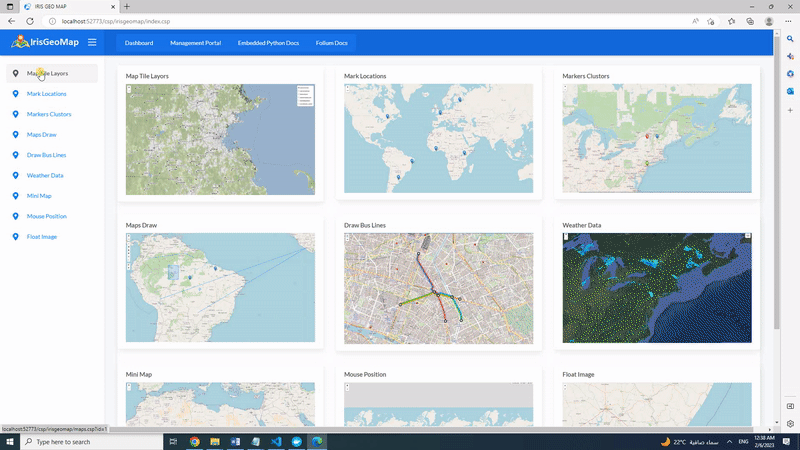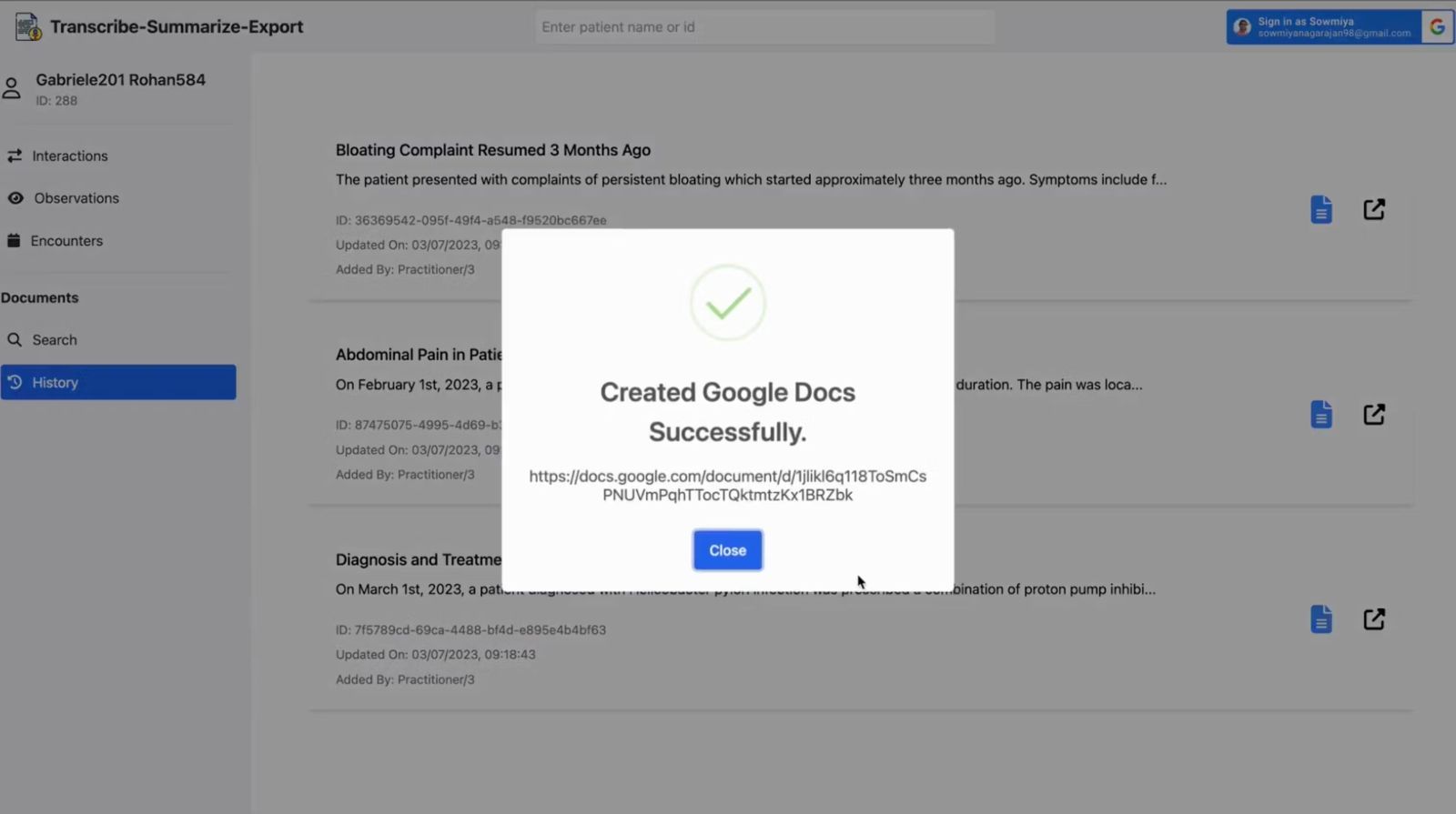What is npm-iris?
N.P.M stands for "No Project Mess."
N.P.M. is a Project & Task Management app that uses InterSystems IRIS and Bootstrap 4.
No Project Mess is created to help developers and small business companies to reduce complexity in their daily problems, with a simple and intuitive projects and tasks management software.
It offers different views for your tasks, from a spreadsheet, kanban, calendar, or even Gantt!



.png)
